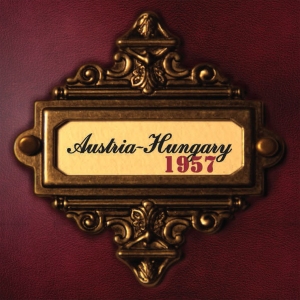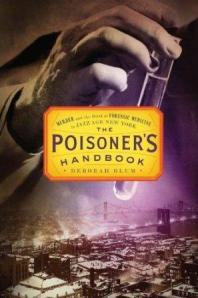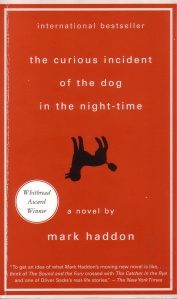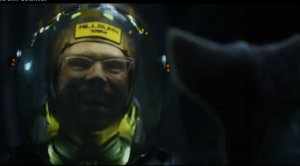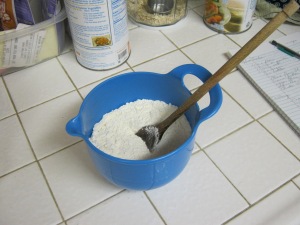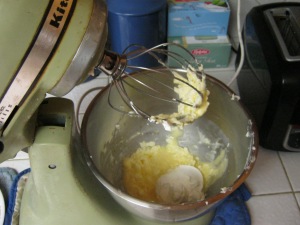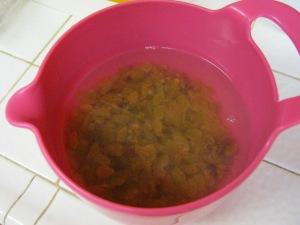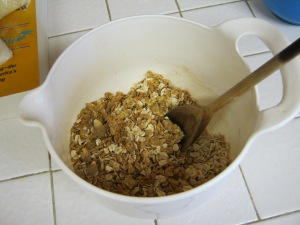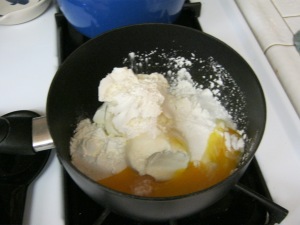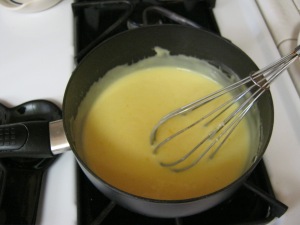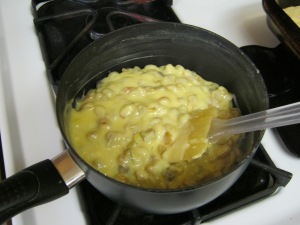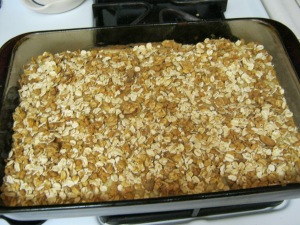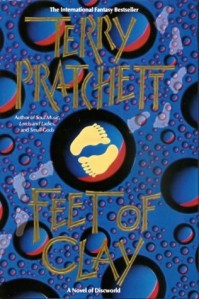 I have to admit that I started reading Carmilla naively. I picked the book up knowing only that it was about a vampire, and that it was very old, predating Dracula. What I found when I started reading it was… Well, in the words of George Takei, oh, my.
I have to admit that I started reading Carmilla naively. I picked the book up knowing only that it was about a vampire, and that it was very old, predating Dracula. What I found when I started reading it was… Well, in the words of George Takei, oh, my.
Here’s the basic plot: Laura, our heroine, lives with her father in an isolated Austrian castle. They wind up receiving a houseguest, the beautiful young Carmilla, under mysterious circumstances. Laura and her father start to notice strange things happening. Carmilla appears to have fangs. There’s a portrait of a medieval noblewoman named Mircalla in one of the castle halls, who happens to look just like Carmilla. Laura starts to wake up feeling woozy and with a bruise at the base of her neck.
They suspect nothing, which may seem incredible to a modern reader, but keep in mind that this book was written long before the vampire genre became established. A friend of Dad’s eventually explains to them what’s going on and together, they all go and destroy Carmilla.
One of the notable things about Carmilla is that it establishes some of the conventions of the vampire genre, such as the moldering old castle in eastern Europe. But the most important thing is that it’s not really a vampire story. It’s thinly veiled lesbian erotica. Look:
Sometimes after an hour of apathy, my strange and beautiful companion would take my hand and hold it with a fond pressure, renewed again and again; blushing softly, gazing in my face with languid and burning eyes, and breathing so fast that her dress rose and fell with the tumultuous respiration. It was like the ardor of a lover; it embarrassed me; it was hateful and yet over-powering; and with gloating eyes she drew me to her, and her hot lips traveled along my cheek in kisses; and she would whisper, almost in sobs, “You are mine, you shall be mine, you and I are one for ever.” Then she had thrown herself back in her chair, with her small hands over her eyes, leaving me trembling.
How the heck did J. Sheridan Le Fanu get away with this in Victorian England? Well, for one thing, plausible deniability. You have to have a dirty mind to understand what he is driving at here. Also Le Fanu throws in an explanation at the end that Carmilla is so fascinated with Laura because she’s a vampire and she wants to eat Laura. Ayup. “Eat” her. Sure, Le Fanu.
By modern standards, the book wouldn’t be considered very good. Much of the plot doesn’t make any sense and Laura doesn’t ever play an active role in the story. Yet I loved reading this book just to watch Le Fanu so brazenly push the envelope. I recommend it.

